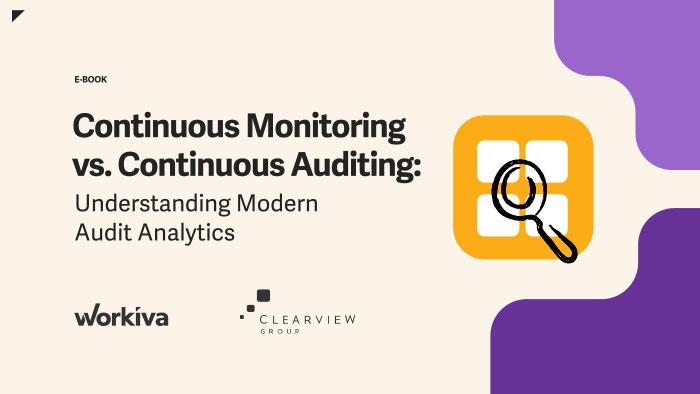Key Takeaways
The internal audit function can be rendered ineffective when lacking meaningful analytics. This makes the shift toward a data-driven approach, such as continuous monitoring and continuous auditing, crucial. Audit analytics has evolved from being an exclusive tool wielded by forward-thinking auditors to now a fundamental requirement for the effectiveness of internal audit teams. Organizations can enhance risk assurance, risk management, and internal audit efficiency by adopting these approaches.
In this e-Book, you’ll learn about:
- Why many internal audits are simply ineffective
- The similarities and differences between continuous auditing and continuous monitoring
- Which parts of the organization are responsible for continuous auditing vs. continuous monitoring
- How you can reach optimal effectiveness by utilizing both in your internal audit strategy
- Common challenges businesses face when transitioning to a continuous auditing environment
- How you can follow a five-phase approach for continuous auditing implementation
Download this e-Book to learn more about how continuous auditing and continuous monitoring can impact both your internal audit team and your business for the better. It might seem like a challenge at first, but it’s possible with a flexible platform and team of experts that can help you along the way.
Table of Contents:
- Introduction
- Chapter 1: The Difference in a Nutshell
- Chapter 2: Which Do You Need? Both?
- Chapter 3: The Challenges of Moving to Continuous Auditing
- Chapter 4: The Benefits of Moving to Continuous Auditing
- Chapter 5: Adopting a Continuous Auditing Approach: Five Stages
Are you ready to take the next step? Contact us to learn more about how Workiva supports continuous auditing and monitoring.

Read time
3.5 minutes
